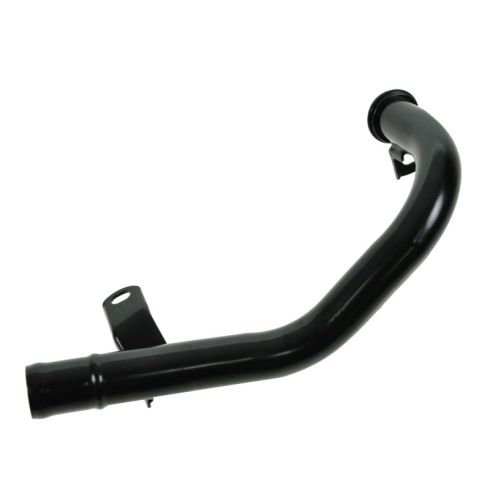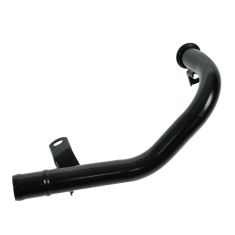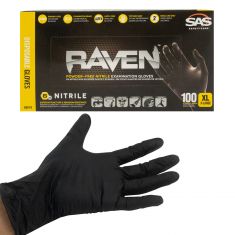1AEMX00106-Dodge Chrysler Lower Coolant Inlet Tube Dorman OE Solutions 626-304

Replaces
2003 Chrysler Voyager V6 3.3L without Engine Oil Cooler Lower Coolant Inlet Tube Dorman OE Solutions 626-304

Frequently bought together
Product Reviews
Loading reviews
There are no reviews for this item.
Customer Q&A
What is the diameter of the inlet tube?
October 13, 2023
10
Actual Measurements are not listed or available. Our parts are exact replacements for your vehicle's OEM parts. As long as your vehicle specifications match up with our listing, these parts will directly fit and function like the originals.
October 16, 2023
Andra M
Chrysler is a registered trademark of FCA US LLC. 1A Auto is not affiliated with or sponsored by Chrysler or FCA US LLC.
See all trademarks.







